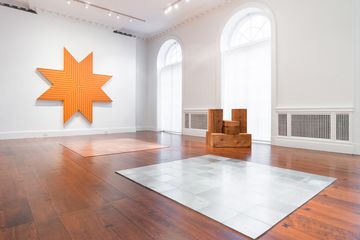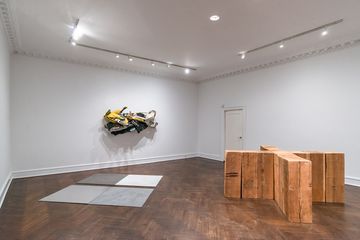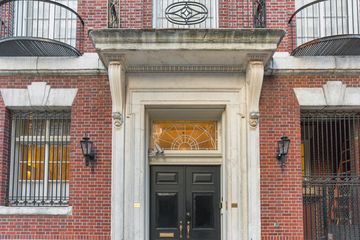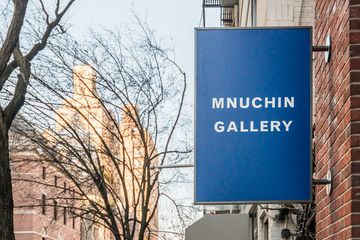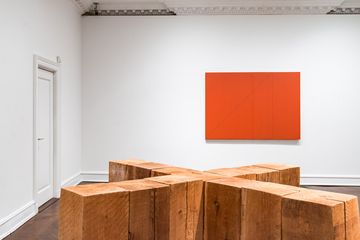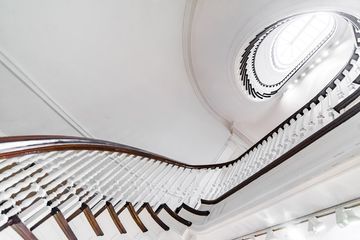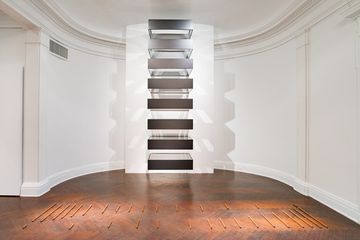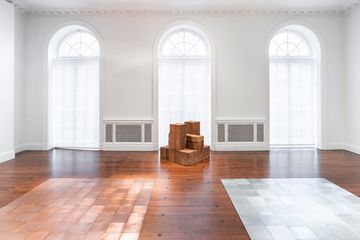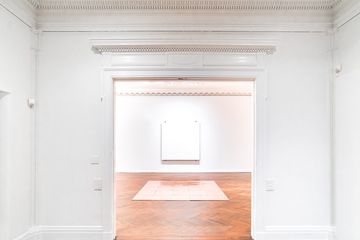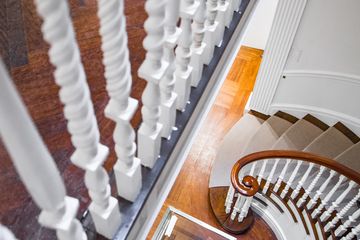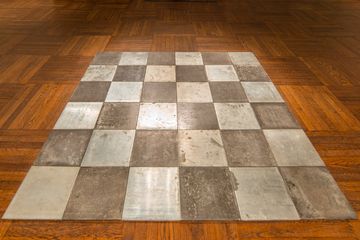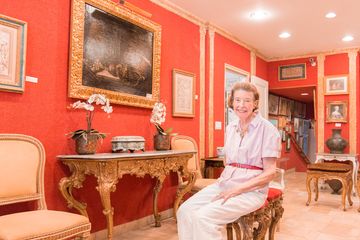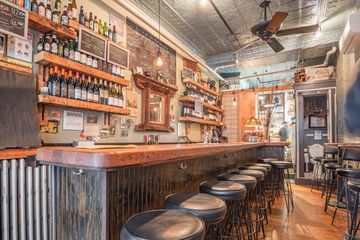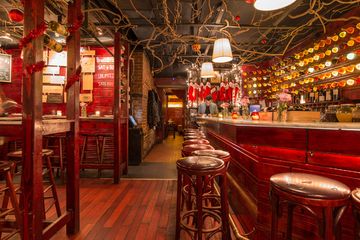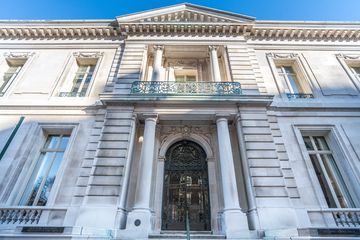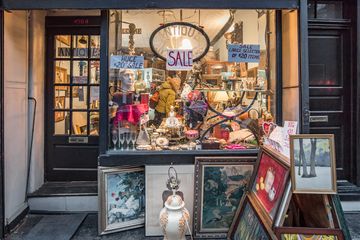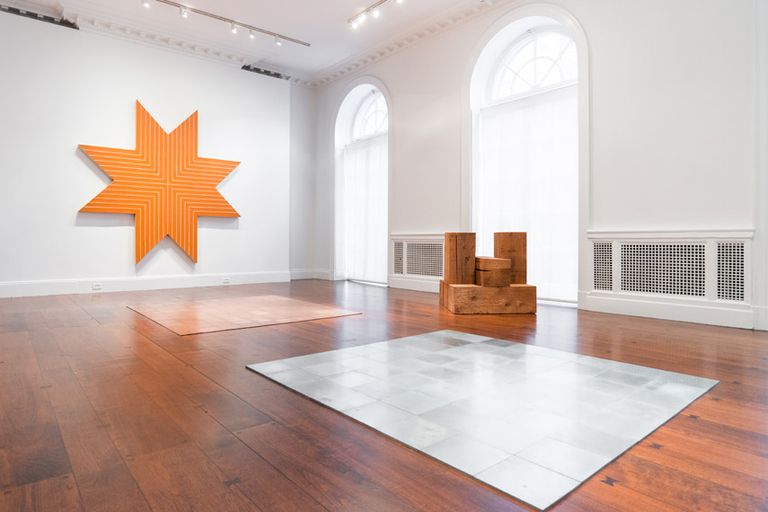
“It has the vibe of being lived in,” Nicole Hudson, the Associate Director of Mnuchin Gallery said as she guided me around the townhouse that houses the gallery. The building dates back to the early 1900s and has been landmarked, thereby retaining its grand yet domestic design. It is not hard to imagine a time when the space was occupied by a well-to-do family who might have decorated their walls and floors with the kind of art that the gallery has on display. As Nicole pointed out, the unique location makes it easier for clients to picture the work in their own homes and see how the pieces could add to their lives. “Art has to enrich the day to day,” she said with a smile.
Nicole expanded on the origins of the gallery, explaining how the founder, Robert Mnuchin, became an art dealer after leaving the world of finance in the mid 1990s. He had been an art collector during his career in economics, and so he smoothly transitioned to owning a gallery. He began by forming partnerships with James Corcoran and Dominique Levy. The resulting galleries, C&M Arts and L&M Arts, both resided in the Upper East Side townhouse in turn. Robert then went solo and changed the name to Mnuchin Gallery in 2013. He deals primarily in the secondary market and uses multiple floors of his magnificent building.
Nicole went on to show me the exhibition that was on display, called “Carl Andre in his Time.” Originally, the gallery wanted to solely feature Carl Andre, a minimalist artist from the 1960s-1970s, but decided to open up the exhibit to his contemporaries as well. I was intrigued by how many sculptures were installed on the ground in geometric square patterns. Nicole noted that in the late 1960s, the pieces were created to be walked on (“It was part of the experience”), but because of their historical significance, Mnuchin preferred that visitors refrain from walking on the sculptures. One corner of the gallery that caught my eye featured two pieces of art juxtaposed - one was a series of stacked shelves by Donald Judd where each shelf had to be nine inches away from its neighbor. On the floor next to it was “32-Part Reciprocal Invention” by Carl Andre, made of found steel rebar, in which the distance between each bar in one row was designated by the length of the bar in the row above it. Both were interesting examples of how the world of math and measurements influences art.
Another intriguing piece taking up a full wall was “Wall Drawing #69,” designed by Sol LeWitt in 1971, which was previously on display in the Guggenheim. I would have missed it if Nicole had not pointed it out, since the swirling colored pencil designs that covered the flat white space were so delicate and light. Nicole explained that if the piece is purchased, the new owner gets a certificate of authenticity and then draftspeople come to their house to recreate it on their wall. Sol DeWitt provided loose, organic instructions, so each iteration of the piece is slightly different. It takes two people about ten days to replicate the design. After it is completed, Mnuchin’s own version will be painted over. Nicole then smiled and said how she loves seeing the faces of visitors who realize that there is a piece of art hidden on Mnuchin’s walls.
